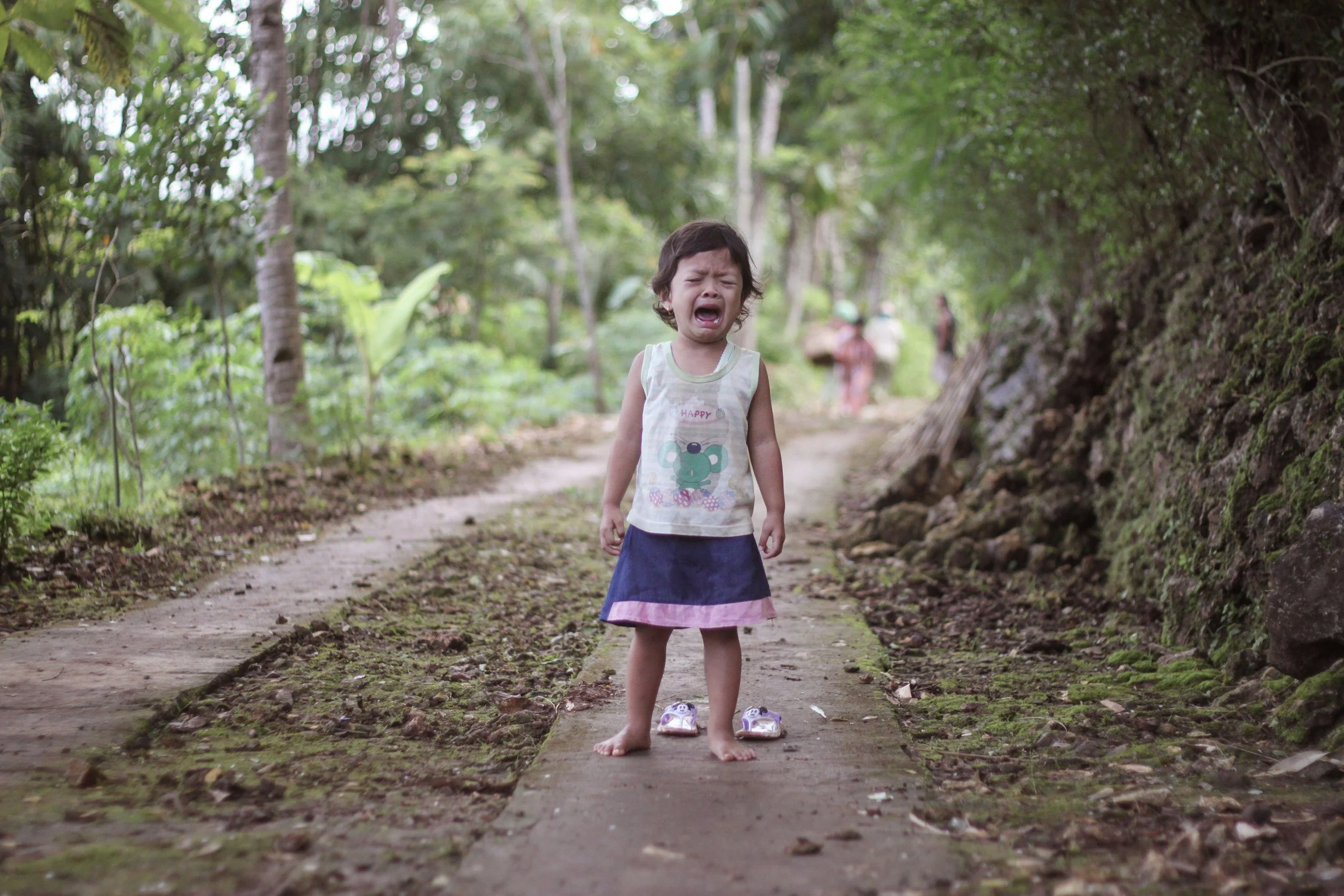Why Your Vacation Feels Like More Work (And How to Fix It as a Team)
Vacation is supposed to be dreamy, refreshing, soul-filling... but if you’re a parent, especially a mom, it often turns into a mess of stress, meltdowns, and whispered arguments in a hotel bathroom.
Let’s be real: you finally get a break from the daily grind. You’ve packed the swimsuits, the sound machines, the snacks, the sunscreen. You’re hoping to feel a little sunshine, breathe a little deeper... maybe even sip coffee on a porch in peace. But instead, you’re still doing everything. Managing naps. Figuring out food. Mediating tantrums. And your partner? Maybe they're chillin' on the deck or asking you where the wipes are for the third time.
Let me say it loud and clear: Vacation isn’t a break if only one of you gets one.
If that hits, keep reading. Because in this post, I’m giving you a better way to approach family vacations — one where both partners feel supported, the resentment stays low, and you come home feeling more connected instead of more exhausted.
That One Vacation We Argued the Whole Time
When my kids were 2 and 4, we went on a trip that was supposed to be relaxing. I had packed the bags, double-checked meds, prepped snacks, created an itinerary. We got there... and I was still doing everything. Waking with the kids. Making the meals. Trying to make it fun and magical for everyone. My husband? “Just trying to relax.”
On day three, I hit my breaking point. We had a fight that felt like déjà vu. But it led to an important realization: we had planned the logistics, the kid stuff, the Airbnb... but never once sat down to talk about what we needed.
That was the turning point. Now, we approach every trip with intention — not perfection. And it starts before we ever hit the road.
Step 1: The Pre-Vacation Partner Talk
Before your trip, have a real conversation. Sit down when you’re not rushed or irritated. Pour a drink or go for a walk, and walk through these questions (you can also bookmark or print this list):
Questions to Ask Before Vacation:
What does rest actually look like for each of us?
What’s one thing you really want to experience on this trip?
What times of day are the hardest with the kids, and how can we divide that load?
What are our expectations around parenting, food, alone time, and together time?
These might feel small, but they build the foundation for teamwork instead of tension.
Step 2: Build In Shared Rhythms (Not Rigid Schedules)
No one wants to be locked into a minute-by-minute itinerary. But what does work? Rhythms.
Think:
You take mornings, I take evenings.
I do nap duty today, you do it tomorrow.
We each get one hour a day completely alone.
These flexible rhythms help you both know what to expect and what to look forward to. When both partners know they’re getting time to breathe, they show up better in the moments they are “on.”
Step 3: Talk Like a Team (While You're There)
Communication changes everything. During the trip, use language that reinforces partnership, not pressure. Simple shifts like:
"Want me to take this shift for a bit?"
"Would now be a good time for you to go rest?"
"What do you need right now?"
This isn’t about being overly polite. It’s about being connected and proactive. When you communicate like teammates, you feel like teammates.
One of the tools I teach inside Relationship Blueprint Mapping is how to use simple, clear phrases that bring you closer instead of adding friction. It’s not about avoiding stress, it’s about knowing how to navigate it together.
Step 4: Use a Reset Cue
There will be hard moments. The toddler will still throw a fit in public. Someone will lose it over the last granola bar. It’s not about preventing all conflict, it’s about what you do when it shows up.
Create a reset cue. This is a phrase that says: “Hey, let’s pause and shift.” Try something like:
"Hey, I think we need a reset. Can we pause and check in?"
"I love you, and this feels hard. Let’s take five."
When you build in that grace, you don’t have to spiral. You can regroup, reconnect, and move forward instead of staying stuck.
Step 5: Let It Be Messy and Good
This is your permission slip: the vacation will not be perfect. But it can still be wonderful. It can be:
sand in your shoes and coffee on the porch
screaming toddlers and sunset walks
arguments and making up
You just have to decide, together, that you’re not doing it alone. Not at home. Not on vacation. Not in this season of life.
Want Support Creating This in Your Everyday Life?
If you want help creating rhythms that actually work not just for vacation, but for your everyday life together, check out my Relationship Blueprint Mapping sessions.
This is where we map out communication, rhythms, and aligned decisions that make your partnership feel strong again. So you're not just surviving together you're enjoying the life you’re building.
And if this post hit home, send it to your partner and say, "Hey, let’s try this before our next trip." Because you can enjoy this season. Together.
Pin this for later:
Vacation isn’t a break if only one of you gets one. But with a few intentional conversations, it can become a time of rest for both of you.

